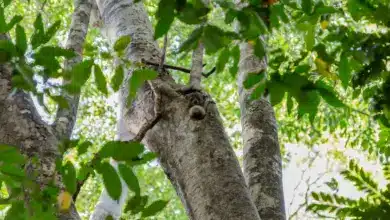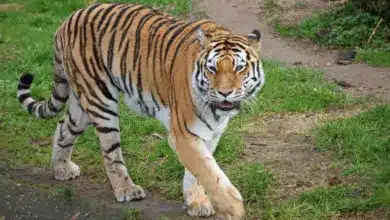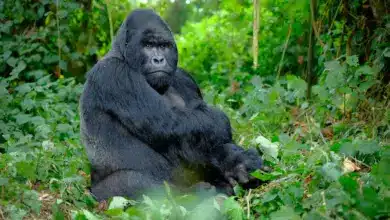Some wild animals flee when they see people. Others remain where they are and appear unconcerned. But according to researchers who have monitored the heart rates of a few of these apparently “Type B” creatures, including nesting penguins and koalas, that doesn’t necessarily mean they’re happy to have us around.
Wild Animals Don’t Dislike People—They Just Seem To Feel Better When We’re Not Around
BY PAUL GUERNSEY
[ez-toc]
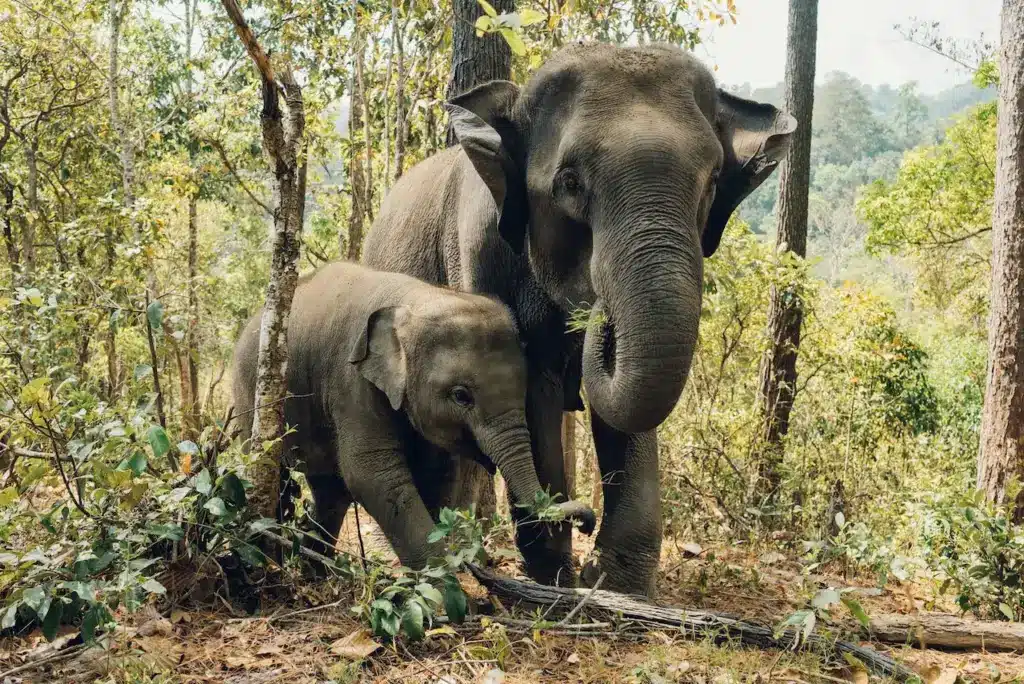
Although it’s been years, I still feel a sense of collective shame when I think of the incident.
My wife and I were on the trip of a lifetime, visiting Kenya’s national parks to view wild animals in their natural habitats. It was in Amboseli National Park that our group’s guide and driver finally tracked down a cheetah for us to observe. Two cheetahs, actually; a mother and a half-grown cub.
The two beautiful cats seemed unconcerned as our van slowly followed them through the low brush. Then, suddenly and mysteriously vultures arrive at the consensus to converge on a carcass, a swarm of vans identical to ours suddenly appeared on the horizon and barreled toward us, sending clouds of dust into the air as they did so. Moments later, the mother cheetah was surrounded by a ring of steel from which pale arms, cameras and excitedly jabbering human heads protruded. The cub meanwhile was on the outside of the circle of vehicles; I could no longer see him, and I doubt his mother could, either.
In one of the vehicles, a frustrated would-be wildlife photographer was loudly scolding her driver for having placed their van in the “wrong” segment of our ad-hoc cheetah enclosure: “No! The sun is on the wrong side! It’s on the wrong side!”
The mother cheetah looked uncertain. She made a few tentative steps toward the zebra-striped vans that separated her from her cub. Then she just gave up, sat down in the dust, and looked at us.
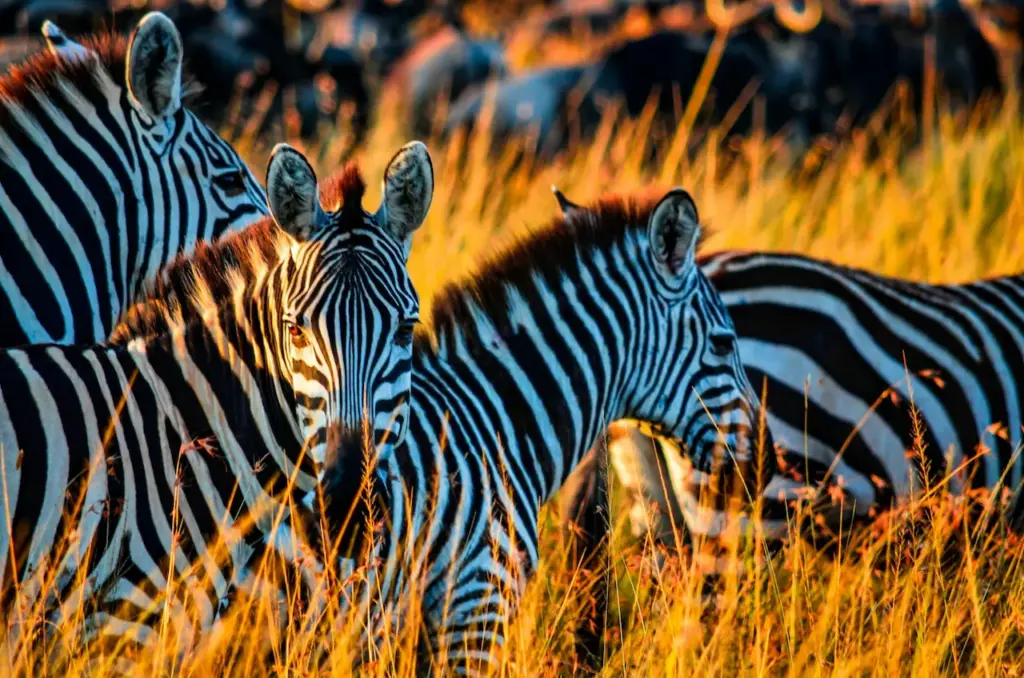
Finally, the shutters quit snapping and one by one the vans drove away in search of fresh and, as yet unmolested, game. The mother cheetah slowly got off her butt, rejoined her cub, and they resumed their journey. No harm done.
Or was there?
Since that episode, I’ve sometimes wondered how the cheetahs’ encounter with ecotourists affected the rest of their day—and maybe their week. Had we delayed them long enough to keep them from meeting up with a gazelle that they might otherwise have had for a meal? Or, if they did find that prey animal, had human-induced stress cost the mother just enough of her energy reserves that she she’d temporarily lost a step and wasn’t able to catch it? It is even possible their temporary separation left them so frightened and exhausted that they discontinued an important hunt, had to rest instead, and went hungry for longer than they should have.
But then again, maybe everything was just fine; I have no way of knowing. And when we finally left them, they certainly looked okay . . .
Recently, wildlife researchers have begun using lie-detector technology—very lightweight ECG or heart monitoring equipment—in an attempt to find out just how stressful it actually is for wild animals to be in the presence of humans. Some of the preliminary results show that even when creatures make no attempt to flee, their heart rates shoot way up, indicating that we may be, well, scaring the tar out of them.
In the most recent—and very preliminary—study, published in the online scientific journal PlosOne, researchers compared the heart rates of a pair of koalas exposed to frequent tourist visits with those of a koala that seldom saw people.
Results indicated that in the koalas visited by humans—and in spite of their outwardly placid demeanor—heart rates increased during the time of day when people were around. Further, the researchers found that when they walked directly beneath a tree in which the animals were located, their heart rates shot up significantly. By contrast, the koala that was left alone did not show striking variations in its heart rate.
ECG studies of some nesting birds—Adelie penguins and giant petrels—also show an increase in heart rate when humans approach despite an apparent lack of concern on the part of the bird.
Of course, some stress is a normal part of life for most wild animals. And in a lot of cases, ecotourists provide important funding for the conservation of species that otherwise would be at the complete mercy of people and industries whose intentions are far less benign.
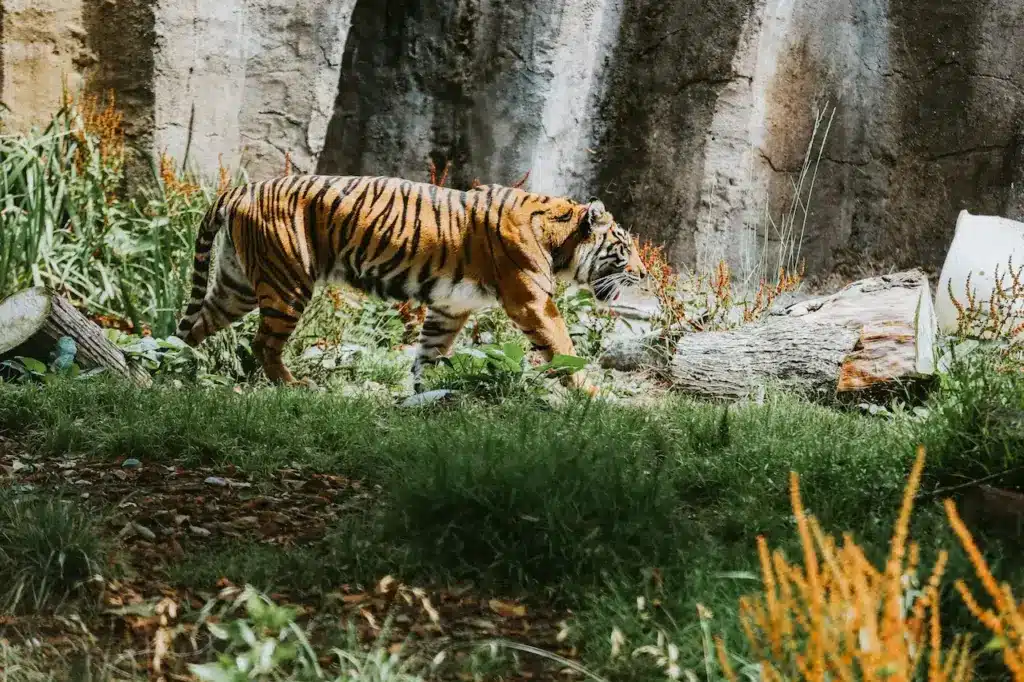
The important questions are, how much stress is too much, and how much stress can ecotourists safely add to a creature’s normal stress load without affecting its health, its well-being, or the integrity of its habitat?
Many answers, of course, depend on which species you’re talking about. Science needs to continue gathering data about how much stress various species undergo in the presence of humans, as well as how much they can, or should, handle.
Everyone in the ecotourism industry, meanwhile, has an absolute obligation to do whatever they can not only to keep stress to wildlife as low as possible, but also to minimize all human-related impacts to the ecosystems on which tourism operators depend to make their living.
BTW: The ” . . . don’t dislike people . . . just seem to feel better when they’re not around” headline at the top is a quote from Barfly, one of my all-time favorite movies. The line is spoken by a superbly raunchy Mickey Rourke, who is playing the role of writer Charles Bukowski. — pg
